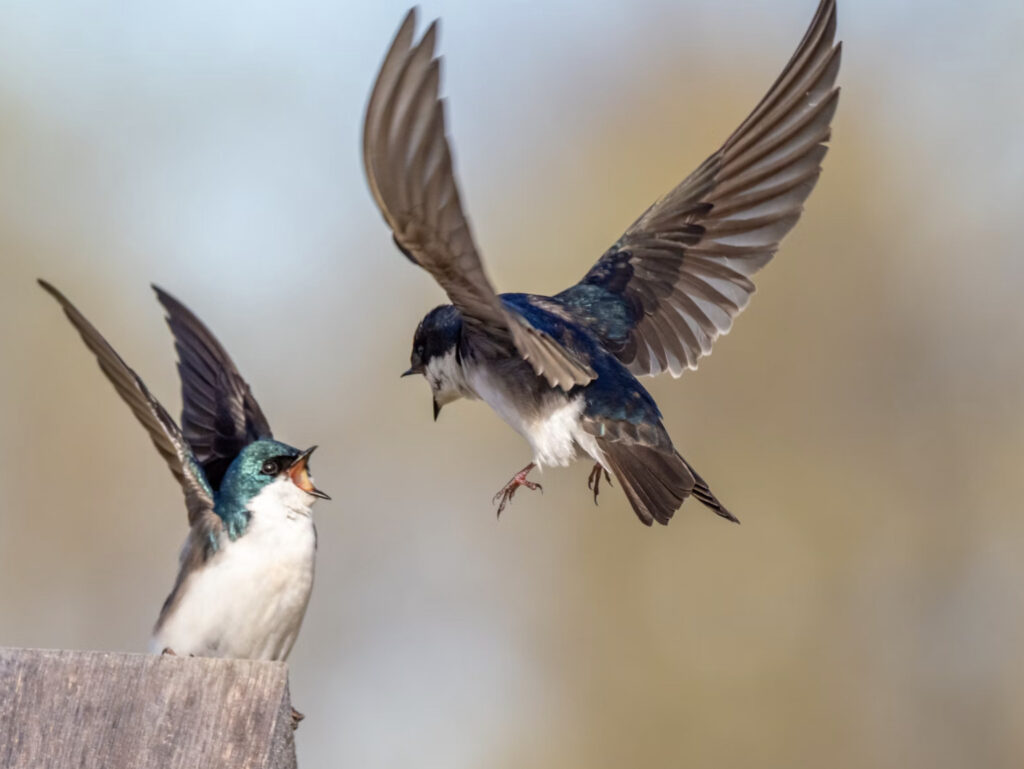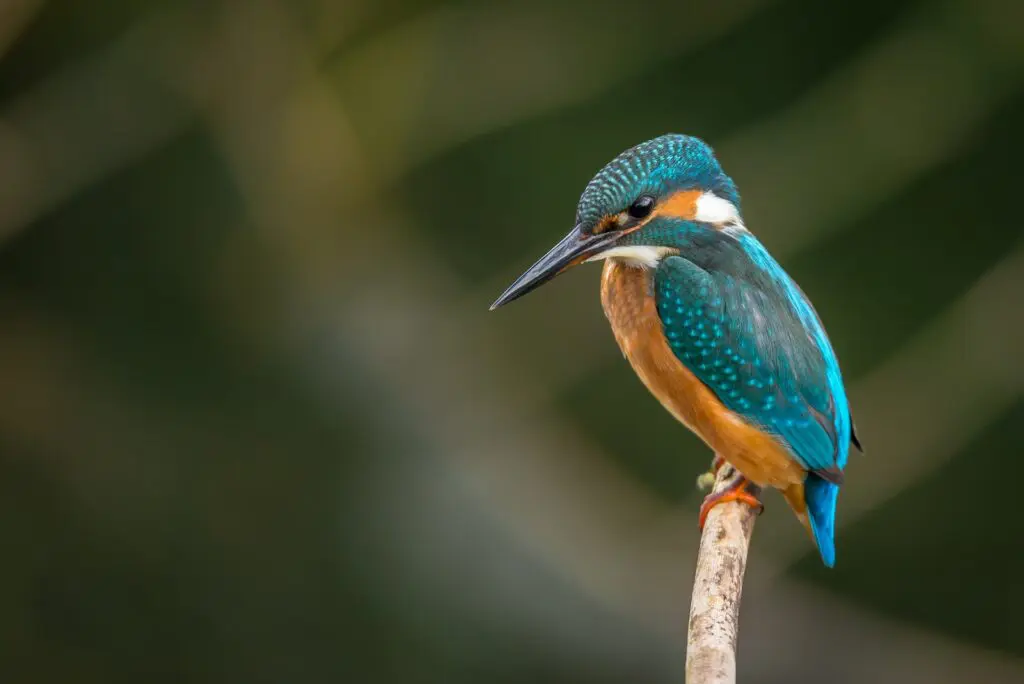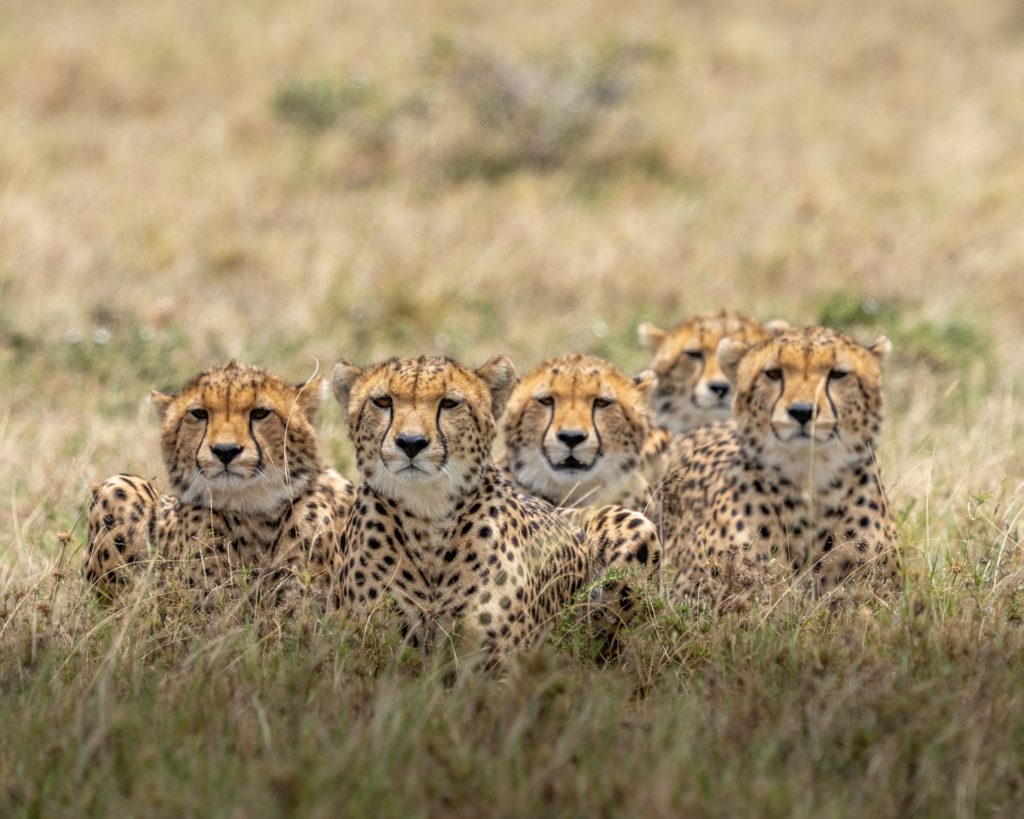There are many different types of wildlife and bird photography. Today, let's talk about two specific types that you will want to develop the skills to shoot. Action shots and bird portraits. Two entirely different types of image that, when put together in a collection, can really round it out.
Capturing action is a big part of learning compelling wildlife photography. If you look at many of the most memorable wildlife shots, they are often action shots of the animal doing one thing or another. You can also get animal portraits with no action and there is certainly a place for both, as they complement each other.
Both skills are worth developing.
Dynamic Action Bird Photography
Action shots of animals are core to wildlife and bird photography and an essential part of the skillset of any wildlife or bird photographer.
Often, with these types of shots, you're looking to capture elements of a bird's behaviour. What is the unique characteristic of how it moves or special things it does that define it?
For a bird of prey, that might be hunting or dynamic flight. For other types of birds it might be nesting or tending their young. These are all the types of behaviours you want to look for when going for action shots.
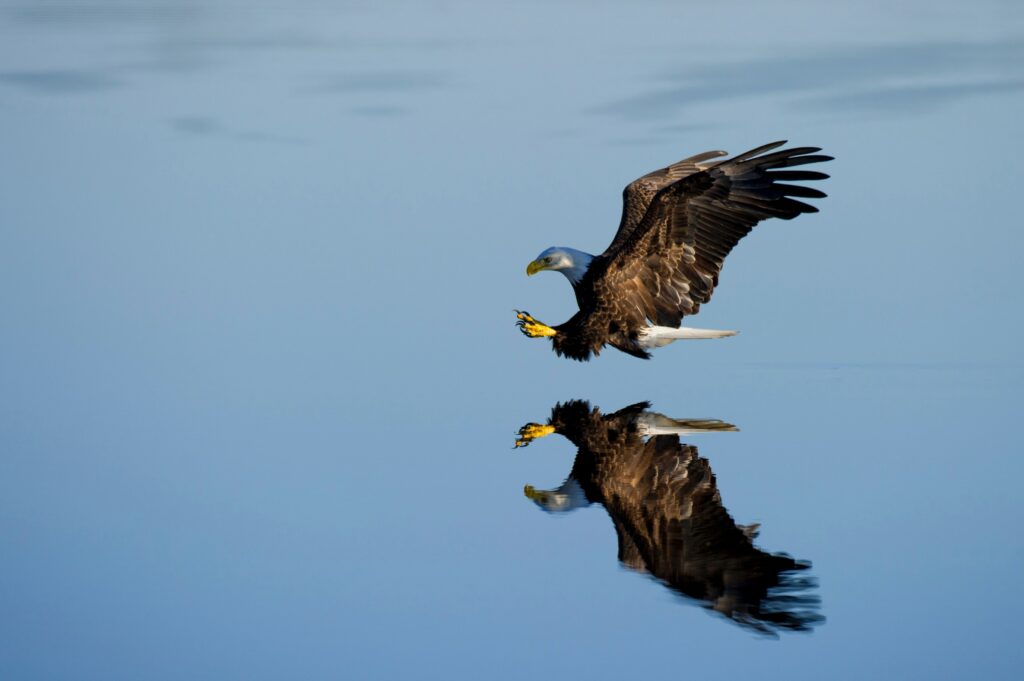
Take a look at this example by Ray Hennessy of a very compelling action shot, made even moreso by the reflection.
A Shot like this really stands out. Let's take a look at some useful examples of other action shots of birds.
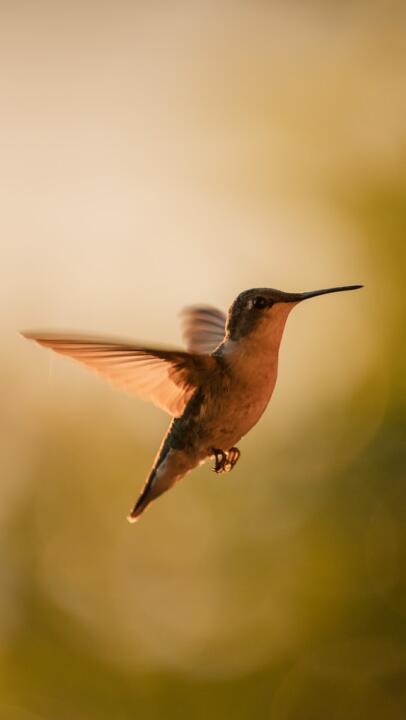
The photo above shows a typical, but unique behaviour for this type of bird – hovering. It's something worth considering before you even start the shoot.
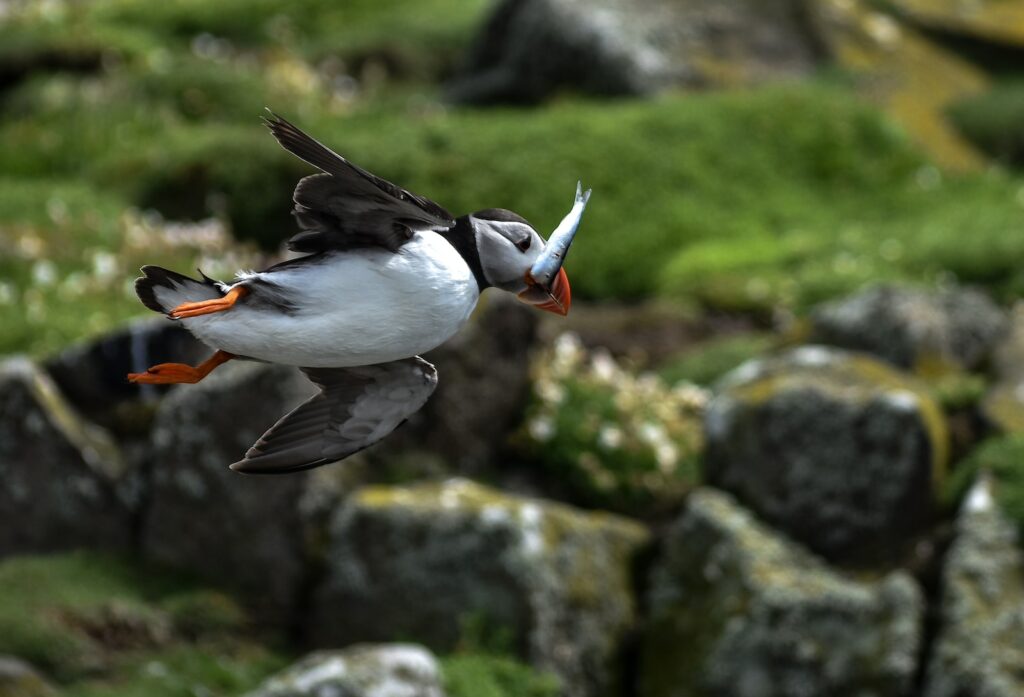
The hunting behaviour of a Puffin makes a great shot. Again, it's the bird's behaviour that makes for a great action shot. But does it always need to be dramatic action? Not really.
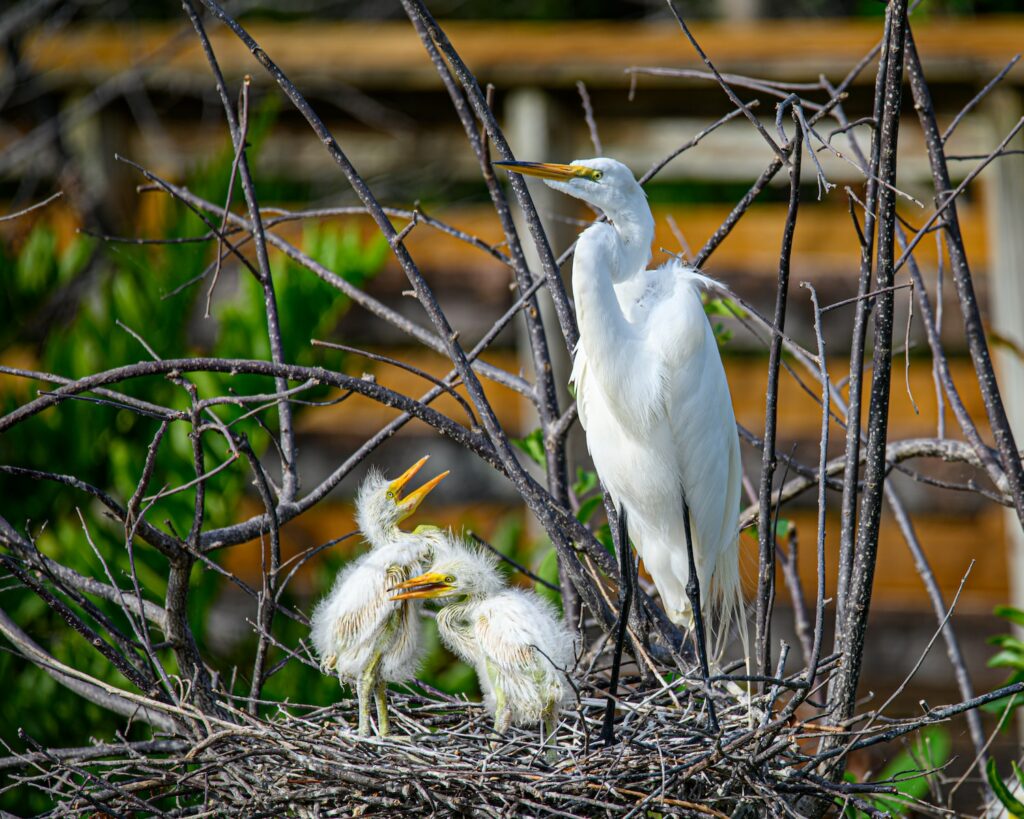
For example, this image of a bird nesting (above) with its young still shows the unique behaviour of the animal but isn't the high-drama type of action from the above shots with hunting and flying. Both are great for a collection and demand similar skills.
The Best Settings for Bird Action Photography
This is one of those things that people always ask and want, but the real answer usually begins with “It depends.” In very general terms here is where you will want to start with bird action photography:
- Aperture: f/4.0-f/5.6
- Speed: 1/500th or faster
- ISO: 400 or as low as possible.
- Focal Length: Usually longer than 200mm.
- Use continuous shooting
These settings will hopefully get you a shot that is sharp with the background out of focus with not too much grain. The aim usually is to have no (or very little) movement blur and a sharp bird.
But let's move on…
Bird Portraits
The next type of very compelling bird photograph is a more static image of the bird that might be best described as a “bird portrait.” The aim of these is less to show behaviour and more to show the detail of how a bird looks in an aesthetic way. These are more common (and dare I say easier to shoot), but they can be a great addition to a collection and are a skill that any solid bird photographer will want to develop.
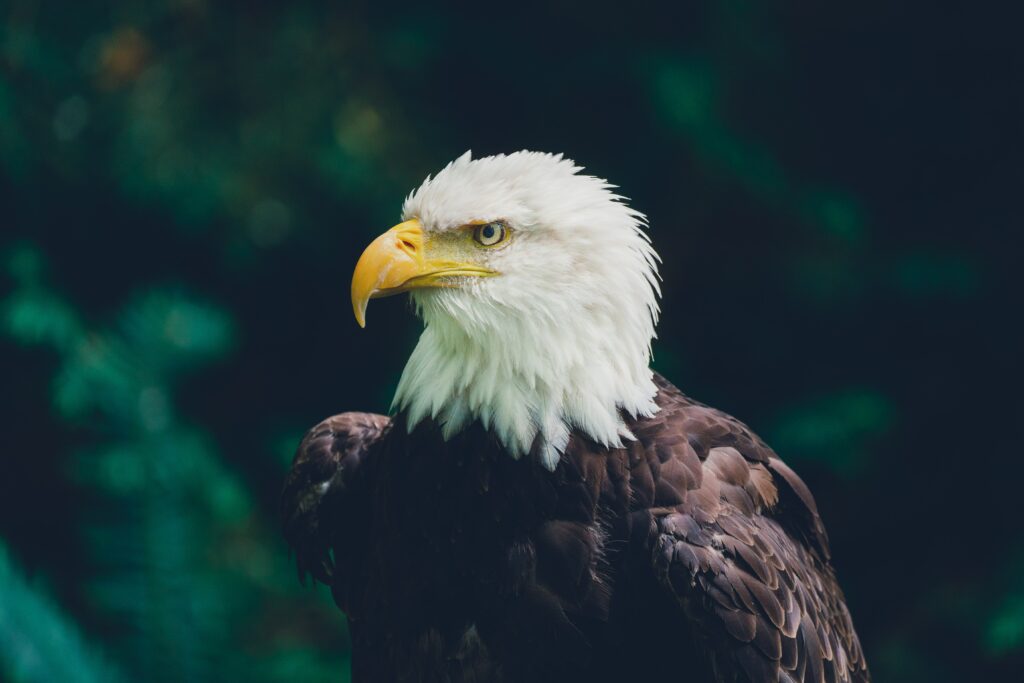
This more static shot by Cristofer Maximillian is a fine shot, but it’s one you have probably seen recreated many times. It is more of a wildlife portrait.
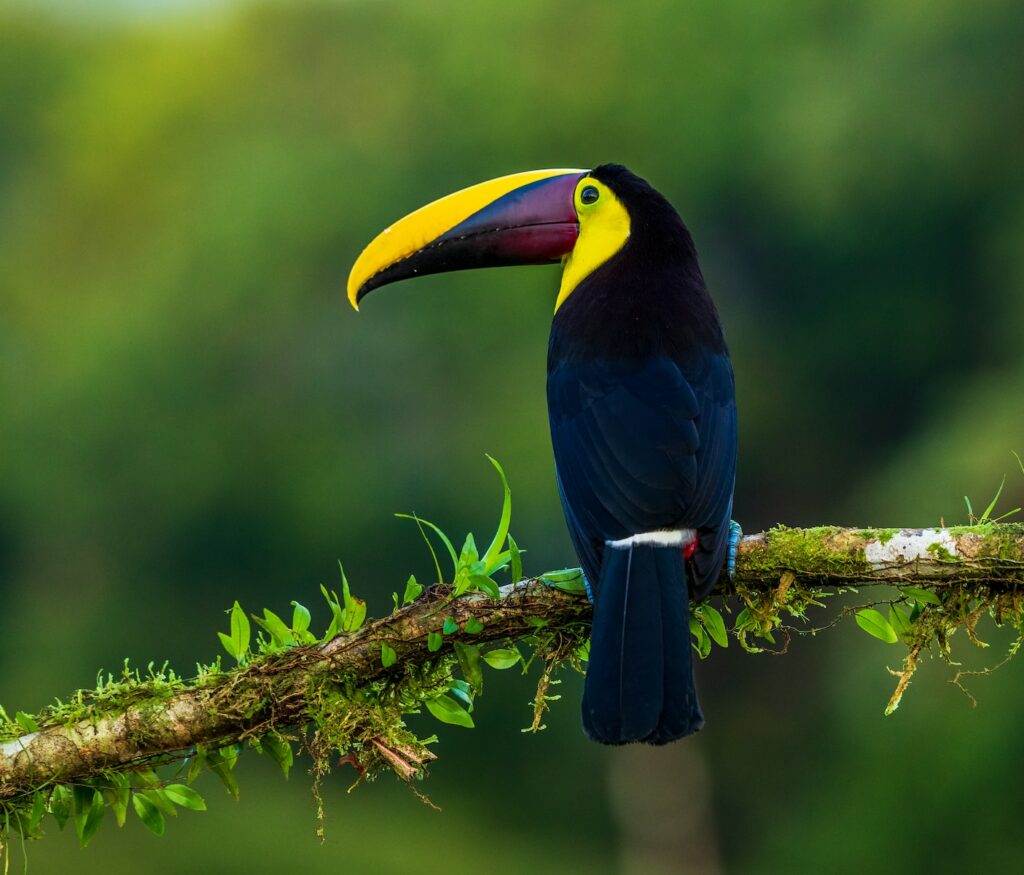
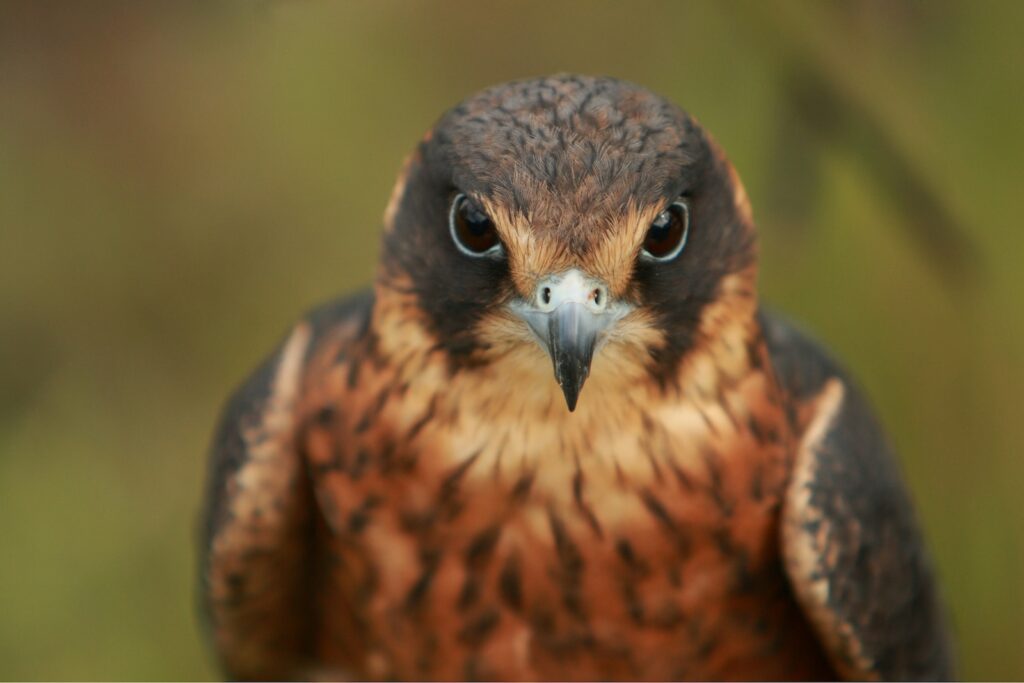
These examples above are gorgeous photos and really show the look of the animals, but don't really show much of the behaviour. These types of shot are an essential part of learning bird photography, and are also a bit easier to develop your skills with.
Best Settings for Bird Portraits
These will be quite similar to the settings for bird action photographs, but as you're not as concerned with movement the need to freeze the action isn't quite as important.
- Aperture: f/4.0-f/5.6
- Speed: 1/200th or faster (match the focal length of the lens at a minimum)
- ISO: 400 or as low as possible.
- Focal Length: Usually longer than 200mm, but you can go shorter depending on how close you can get to the subject.
Again, these are very general ideas that may occasionally be completely wrong depending on the lighting situation.
In Between?
Of course, photography is not an exact science and there are many images that fit into either category of action shots or bird portraits, or both, or neither. Everything is valid if it's your preference. It's just a good idea to remember what you're trying to show with an image and shoot for that goal.
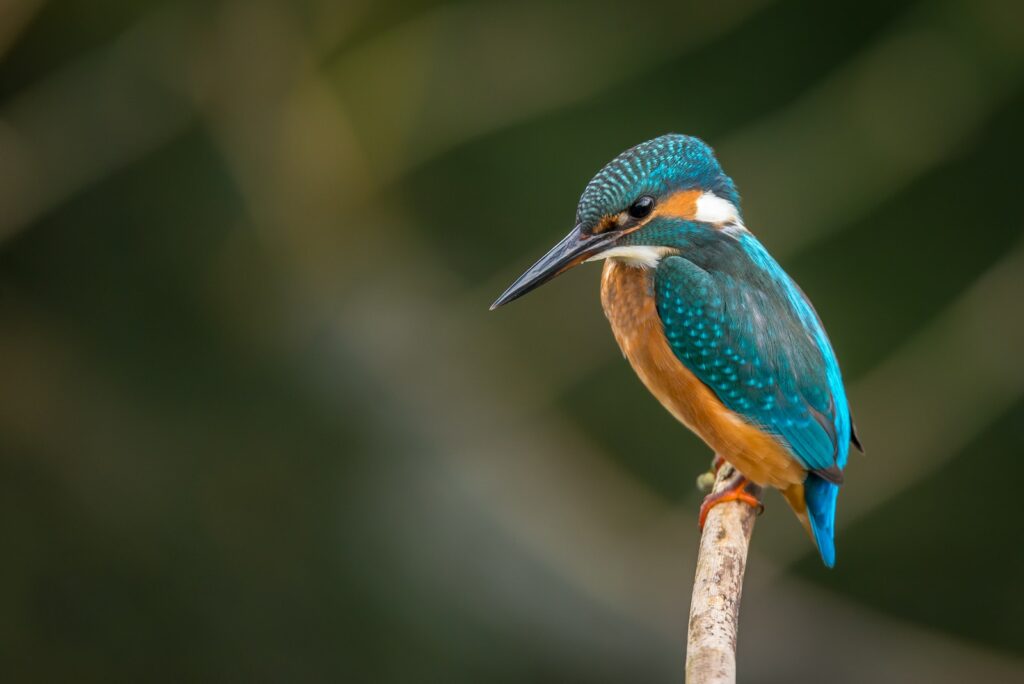
The image above isn't quite an action shot and isn't quite a portrait, but is still a lovely shot. Maybe the bird is hunting? Maybe just chilling out. Images can fall into multiple categories. And that's fine too.
Final Thoughts
So when you’re out shooting birds, make a conscious decision to try to capture both these types of images: the static portrait type and the more dynamic behavioural type of action shot. Maybe you will come back with something different altogether, but these two types of bird photos specifically can be really satisfying and often deliver great images. And they develop your skills well too.
Your portfolio will be stronger for it.
What’s next?
One way to develop the skills to photograph bird shots like the one above is to hone down into the specific elements, settings and skills of a particular type of shot. If that is something that interests you then take a look at Photzy’s Bird Photography Snap Cards.
The Bird Photography Snap Cards are on 80% sale right now and they even have a daily bonus.



